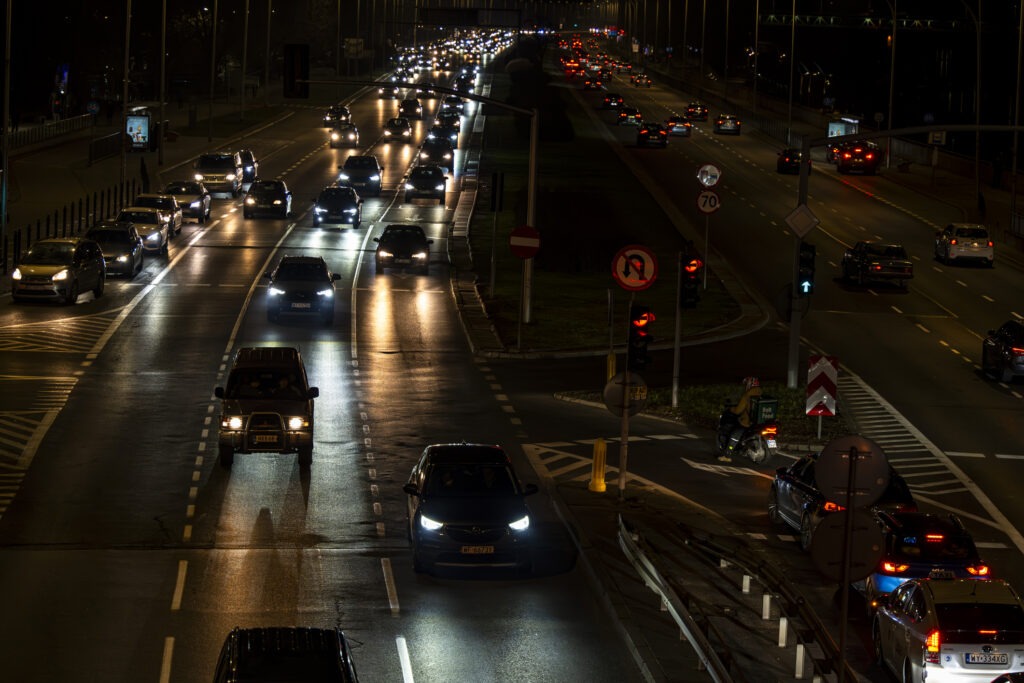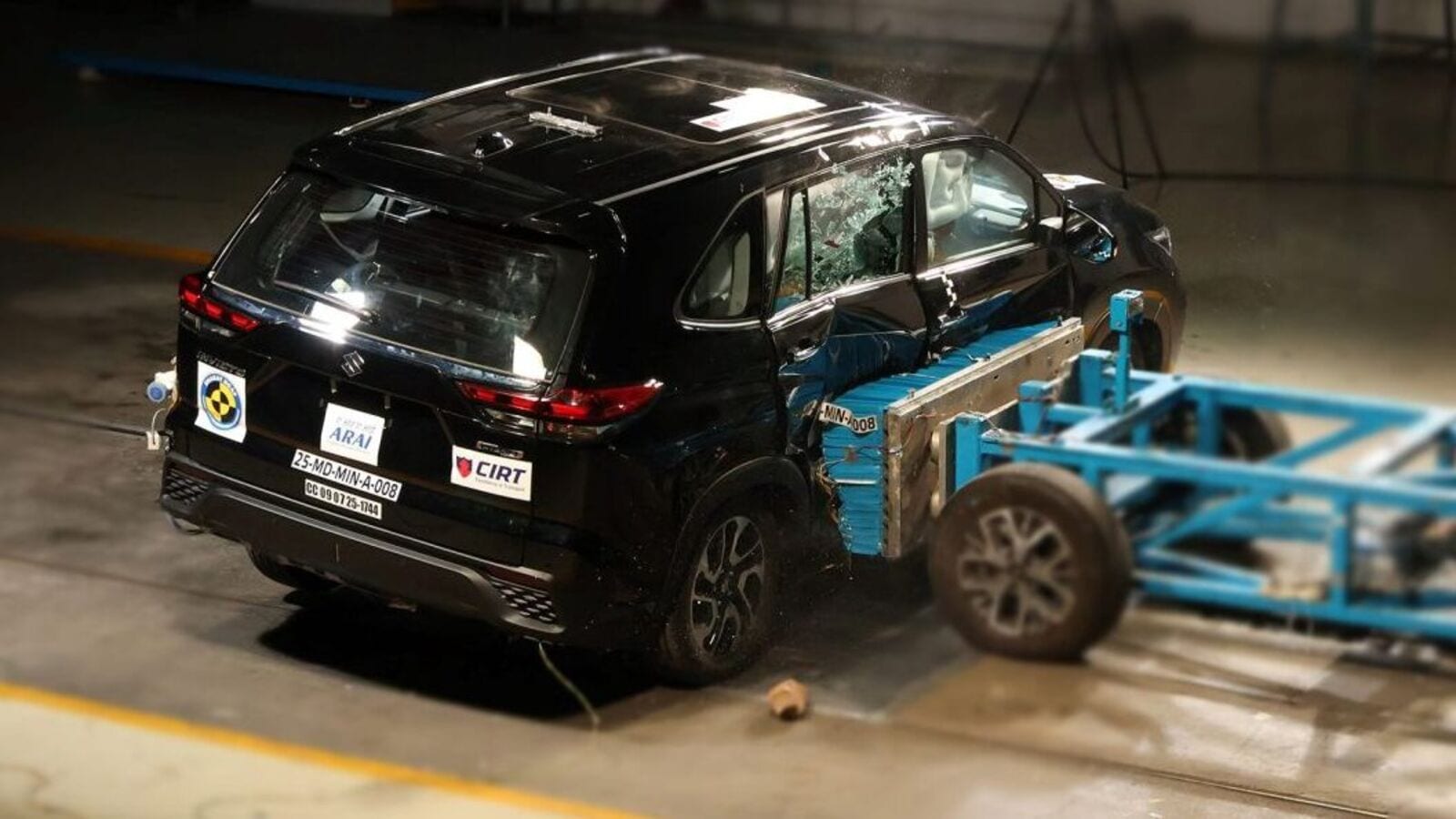17 July 2025

The automotive landscape in Poland has witnessed relative stability throughout the first half of 2025. However, there are some causes for concern. Marcin Kardas, head of valuations at Eurotax Poland explores the latest trends with Autovista24 web editor James Roberts.
The second quarter of 2025 has been stable for the new-car market in Poland. Continuing a trend established in the first three months of the year, no significant changes have impacted the country’s passenger car market.
In the first half of this year, 285,311 vehicles were registered in Poland. This translates to a 3% year-on-year increase.
This growth has been helped by results in the second quarter of 2025, which haveseen little in the way of registrations fluctuations. Continuing a trend established in the first three months of the year, no significant changes have impacted the country’s new-car market.
More broadly, the slow growth in both new passenger, and light commercial vehicle (LCV) markets is concerning, suggesting peak demand may have passed. The influx of new Chinese brands, driven by high European margins and domestic market issues, will intensify competition and put pressure on residual values (RVs).
Battery-electric vehicle (BEV) registrations in Poland enjoyed a 60.9% year-on-year increase over the first half of 2025. Despite this considerable growth, these numbers only constitute 5% of the overall market share.
Additionally, LCVs are undergoing some stagnation, whilst the truck sector continues to struggle.
Following a wider European trend, the number of hybrids in Poland’s market mix is increasing. This is a by-product of powertrain evolution offerings in the country, dictated by emission limits.
Poland’s Chinese conundrum
The used-car market picture in Poland is experiencing a period of stable demand combined with consistent value depreciation. Therefore, the continuous growth of the new vehicle market most likely results from new Chinese brands, attracting buyers who previously sought younger used cars.
Importers have noted a considerable share of such customers, supplemented mainly by small entrepreneurs. Sales to fleets are a not currently a priority for importers of Chinese brands, though they will likely need to consider this an increasingly viable option over time.
Volatile used-car demand
While demand for used cars exists, the market itself has proven volatile in Poland. Young used cars are selling quite well, though the debut of new Chinese brands creates ideal competition for them.
Older vehicles also sell steadily. However there is a noticeable, consistent decline in value, regardless of the car’s age.
Currently, this decline is one of the fastest in Europe. However, considering the significant overvaluation of used cars in Poland during the COVID-19 pandemic, this should be seen as a normal market reaction.
Analysing individual drive types there is a smaller decline in the value of self-charging hybrid powertrains.
Used hybrids in Poland have started to retain their value better than internal-combustion engine (ICE) cars, which previously dominated. The largest drops in asking prices affect electric powertrains, which is evident not only in Poland but across Europe.
Poland’s commercial sector stagnation
LCVs are selling at a slower pace than passenger cars. Significant declines in value remain, especially among the youngest used vehicles.
In the first six months of the year, 33,068 new LCVs were registered. This is an increase of just 0.6% year-on-year. For both passenger and commercial vehicles, the growth in registrations has clearly been slowing since the beginning of the year.
Despite this, prices of new LCVs have stabilised, and even slightly increased. Only individual brands, such as Toyota, are significantly discounting their vehicles.
Therefore, it appears the competition for discounts has ended. This should slow down the depreciation of used LCVs, however it appears this is not the case. This ongoing downward trend in values is forced by lower demand set against previously high values, which are now returning to acceptable levels.
Sales of all-electric LCVs remains poor, spanning both new and used models. Their depreciation is much greater than diesel-powered vehicles
Tough times continue for trucks
For the past two-and-a-half years, the truck segment in Poland has provided the most negative market situation. Only the newest, and lowest-mileage vehicles are selling for fleet renewals. However, these are pricier in Western Europe, making import unprofitable. This is due to a pandemic-era vehicle shortage now hitting the market.
Older or high-mileage trucks in Poland have lost appeal. This stems from the sales blockade, caused by the Russian trade embargo, plus the closure of channels to neighbouring countries. As sales fall, stock levels rise and values depreciate across all age groups.
Technical issues and high operating costs of Euro VIe engines also deter buyers, particularly for DAF, MAN, and Scania vehicle, which have poor reputations. LNG-powered tractor unit demand has almost vanished. A few of these vehicles remain on the market, yet selling them is a huge challenge as they are often bought for parts.
Beyond international transport vehicles, distribution and construction trucks are also becoming cheaper. More generally, the entire heavy commercial vehicle market is in crisis in Poland, with no immediate signs of recovery.





